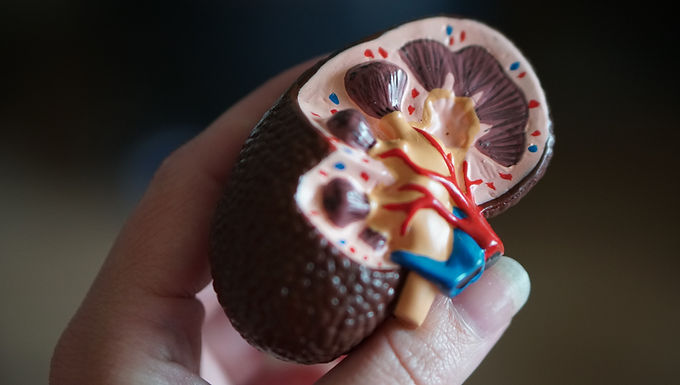Chronic Kidney Disease
A CKD diet helps slow the progression of kidney disease by managing nutrient intake such as protein, sodium, phosphorus, and potassium to reduce strain on the kidneys.

Your 50%
This section should include non-starchy vegetables and low-potassium fruits. Good choices include bell peppers, cabbage, cauliflower, and apples or berries. These foods are low in potassium and phosphorus, helping to reduce the strain on the kidneys. Limit higher potassium fruits such as bananas, tomatoes, and avocados.
Your 30%
Dedicate this sections to grains or starchy vegetables, which provide energy through complex carbohydrates. Choose options such as white or brown rice, pasta, or corn, and limit bran products with higher phosphorus content. This can change if you have other health conditions such as diabetes. It is important to partner with a registered dietitian to customize your diet plan based on your overall health.
Your 20%
This is your smallest portion, as too much protein can put additional stress on the kidneys. Opt for high quality, lower phosphorus protein sources, such as eggs, skinless poultry, and lean whole cuts of beef. Limit sausages and hot dogs, both high in phosphorus and sodium, which can be difficult for damaged kidneys to regulate.
** These are general guidelines and should not be taken as medical advice. Please consult with a registered dietitian to customize your diet plan.
